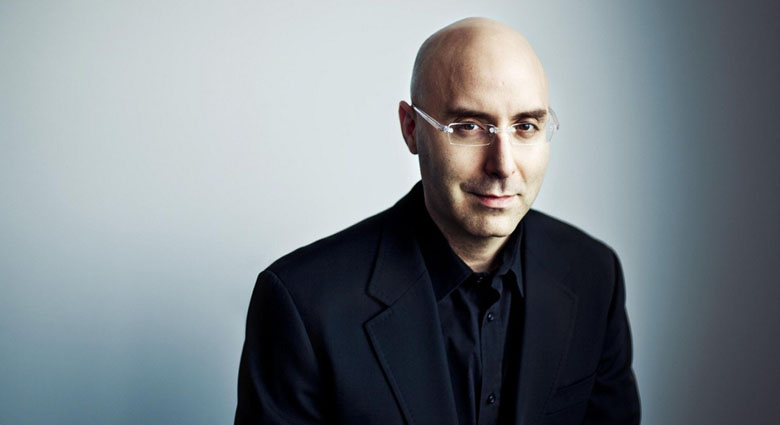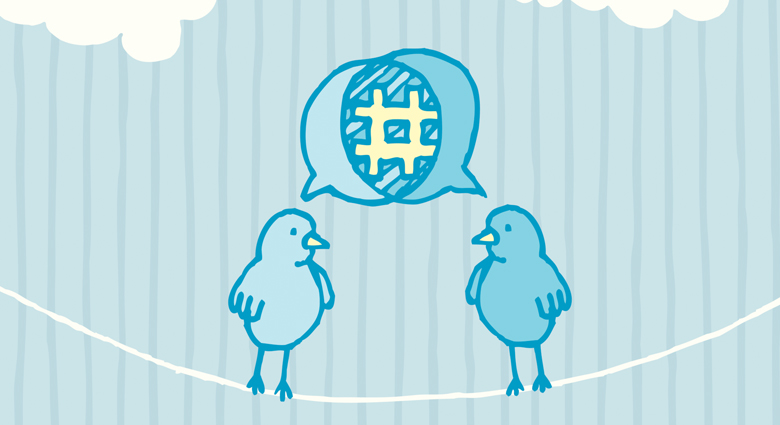That old saying about advertising and performance.
When people talk about media and advertising, they inevitably trot out the old John Wanamaker saying: "Half the money I spend on advertising is wasted; the trouble is I don't know which half." That saying is like some kind of beacon to the realities of waste, lack of analytics and "go by the gut" instinct that has enveloped advertising for decades. It is also - without question - one of the main reasons that marketers within the organization are most often perceived as a cost center above all else in the c-suite. On the other hand, you have brilliant minds like Peter Drucker, one of the forefathers of business consulting, who once said, "The business enterprise has two-and only two-basic functions: marketing and innovation. Marketing and innovation produce results; all the rest are costs. Marketing is the distinguishing, unique function of the business." Which camp does your business sit in? What is your c-suite's core feeling about marketing? Is it a cost center or is it the distinguishing, unique function of the business?
In today's day and age, brands can have it all.
In today's day and age, brands can have it all.
It's hard to argue that the media opportunities that brands are confronted with every day are boundless. It's hard to argue that the advertising space hasn't moved from a world of scarcity to a world of abundance. If you can't get your message out to the world at eight pm on Thursday night via network television, there are still countless (and many unique) opportunities to do so anywhere and everywhere else... in real-time. As anyone who is old enough to remember, this is something new. In my second business book, CTRL ALT Delete, I brought forward the case of advertising destruction. The idea was to break down the media silos and to not think about channels (TV, print, radio, online advertising, search, email, social media, mobile, etc...) and to try and figure out when your media needs to be active or passive, based on how the consumer consumes or engages with it.
Let me explain.
Advertising works best when it is conducive to the platform it is on, the mindset of the consumer and the space in which it occupies. So, if someone is watching TV, it is best to understand that TV is primarily a passive experience (with the exception of infomercials), that has the consumer in a passive mindset (they are sitting back and soaking it in). Asking them to tweet follow, friend and chat forces them into another mindset. And, while this is possible - in a world where more and more people watch TV with another device nearby (smartphone, tablet, interactive remote, etc...) - it is still an experience that creates friction. If you flip this, and look at Google's business model, a consumer is on the Internet (which is an active experience) and the advertising models is aligned with the consumer's mindset (they are searching... or active) on a channel that is active as well (the Internet is driven by active consumer behavior... it does not just wash all over you). When brands complain that things like Facebook or YouTube are ineffective channels for advertising, I laugh (sometimes under my breath... sometimes out loud). There are, in my experience, one of the best channels to reach consumers of all kinds.
Let’s dive a little deeper…
More often than not, companies are simply doing passive and traditional advertising in a channel that is anything but that. So, this leaves the door wide open to think differently. To not just think about the channel or platform, but to guide all messaging in a more structured approach. So the next time you're doing a planning session, start looking (very intensely) at when you need a branding message, and when you need a performance one (a piece of advertising that the consumer must take an action with). Don't stop there. Dig deeper into the proposed channels that will have this messaging on it, and ask if these are the kinds of messages that people can or will connect with contextually to their experience and the channel experience. Case in point: Facebook. A lot of brands are looking for transactions and conversions on Facebook. After the targeting and localization is placed, spend some time looking at how many friends these consumers have, what types of content works for them? Brands will often find that they're branding in a world where these consumers are eager to engage and connect. Conversely, many brands are trying to shill for something, without realizing that the folks on Facebook may simply be looking to graze the newsfeed, so an awareness/branding campaign could be enough to capture a quick impression, as the images get flicked up the newsfeed. It’s complex, and that is the point. Advertising is no longer about dropping dollars and praying that they convert to sales later down the line. Your businesses ability to think in specifics and analytics when it comes to marketing will be paramount to your success.
Breaking down the silos.
Advertising is no longer about dropping dollars and praying that they convert to sales later down the line.
What if all media was proposed this way? What if we asked just two questions:
- Question #1: Are our consumers active or passive when this advertising will be shown to them?
- Question #2: Are our consumers ready from a branding or performance-based experience?
That feels more integrated (and smart) than most fully-integrated campaigns, doesn't it? Are you up for the challenge?
image courtesy of speakers.ca





.png)




What Did You Think?